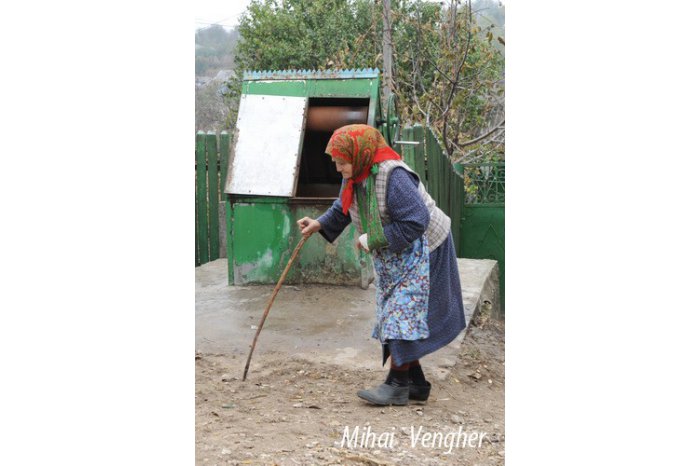Poverty level would be twice higher in Moldova, if residents did not benefited from remittances, other incomes
14:34 | 08.10.2019 Category: Economic
Chisinau, 8 October /MOLDPRES/ - The poverty rate nationally would be of 30.2 per cent against the registered one of 12.7 per cent, if the residents did not benefit from remittances, social payments and other benefits. Almost 44 per cent of the incomes available come from salaries and an important source remain remittances, the share of which is almost 15 per cent, social payments – over 24 per cent, incomes from the individual farming activity – over seven per cent of all incomes, a commentator, Victor Ursu, has said at a programme titled „15 minute de realism economic” (Fifteen minutes of economic realism).
At the same time, in the lack of payments and remittances, “a poverty level of 40 per cent would be ascertained in villages, against the present rate of 18.8 per cent and in cities and towns, the poverty level would be of 17.2 per cent, against the current one of 4.6 per cent.”
Data by the National Statistics Bureau (BNS) shows that the incomes of the residents from cities and towns are, on average, by 773.1 lei or 1.4-fold higher against the incomes of the residents from the rural regions. At the same time, the population from urban zones has incomes preponderantly from salaries (54 per cent) and social payments (19 per cent) and for the residents of the rural regions, the salary incomes account only for 28.3 per cent, which speaks about low salaries paid. The other incomes are made up of social payments (21 per cent), transfers from abroad (23 per cent) and individual agricultural activities (17.8 per cent).
Poverty continues to hit the traditionally vulnerable categories of the residents: the families depending on agricultural activities, elderly people, persons without education and professional aptitudes, big households and those made up of more children.
According to BNS, in the first half of 2019, the size of the subsistence minimum amounted to an average of 2,028.3 lei per month for one person. Depending on the residence environment, statisticians find out significant differences; the highest value of the subsistence minimum was estimated for the population living in the big cities (Chisinau and Balti) - 2,205 lei, which is by 10.5 per cent more against other cities and towns – 1,994.7 lei and by 11 .8 per cent more against the rural regions – 1,971.7 lei.
The National Statistics Bureau also said that the average monthly salary on the economy of one employee was of 7,113.6 lei in the first half of this year, which 3.3-fold covers the subsistence minimum for the adult population able to work. The highest level of coverage of the subsistence minimum for the residents able to work was reached by wage earners from the information and communications sector – 7.2-fold, and the lowest minimum one – by wage earners from agriculture, forestry sector and fishing, whose salaries two-fold cover the subsistence minimum.
For pensioners, the subsistence minimum was 1,726.5 lei and the average value of the monthly pension, set on 1 July 2019, was of 1,895.1 lei.
The poverty reduction is one of the key priorities of the Moldovan government. The Moldova 2020 National Development Strategy is set to get out of poverty at least 149,000 citizens till 2020, or over 20 per cent of those in extreme poverty. The progress in the reduction of poverty is generated by the consistent, efficient and coordinated implementation of economic and social policies, able to create enough jobs and provide a high level of social inclusion of all members of the society, with special emphasis put on the development of programmes on social support of residents and on employment, as well as on measures in the field of developing the sector of small and medium-sized enterprises and agriculture’s modernization.

